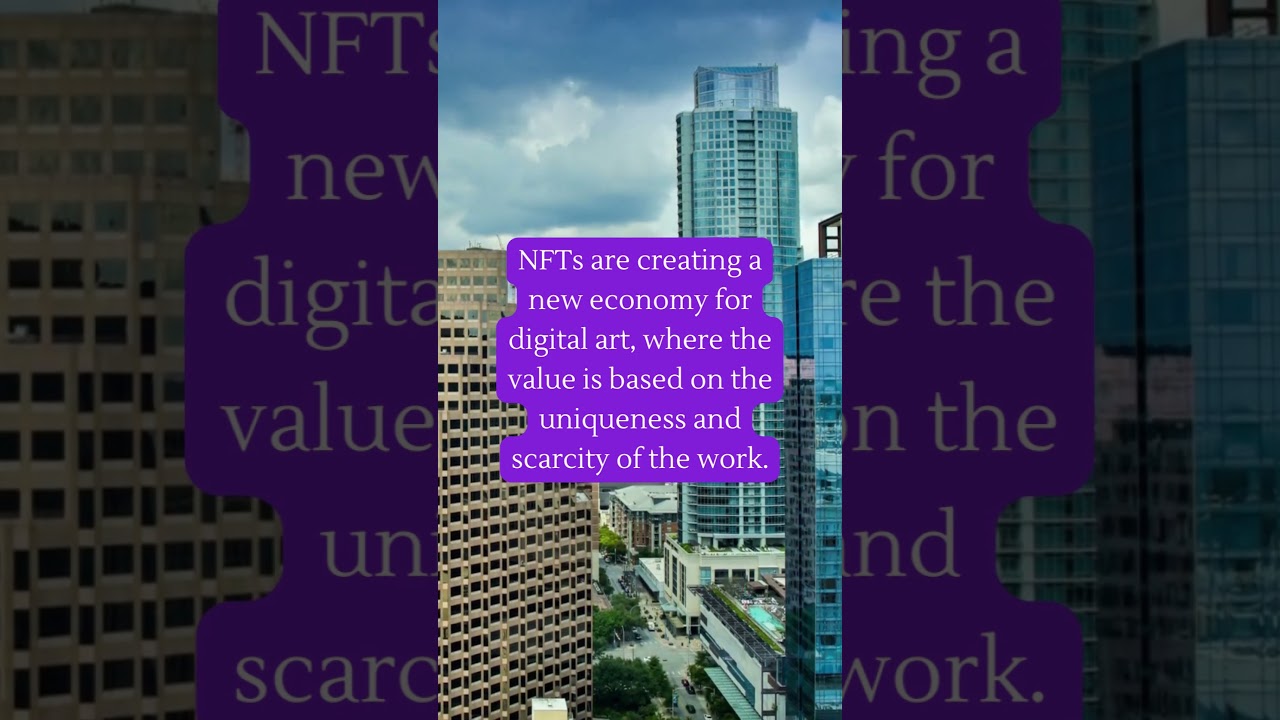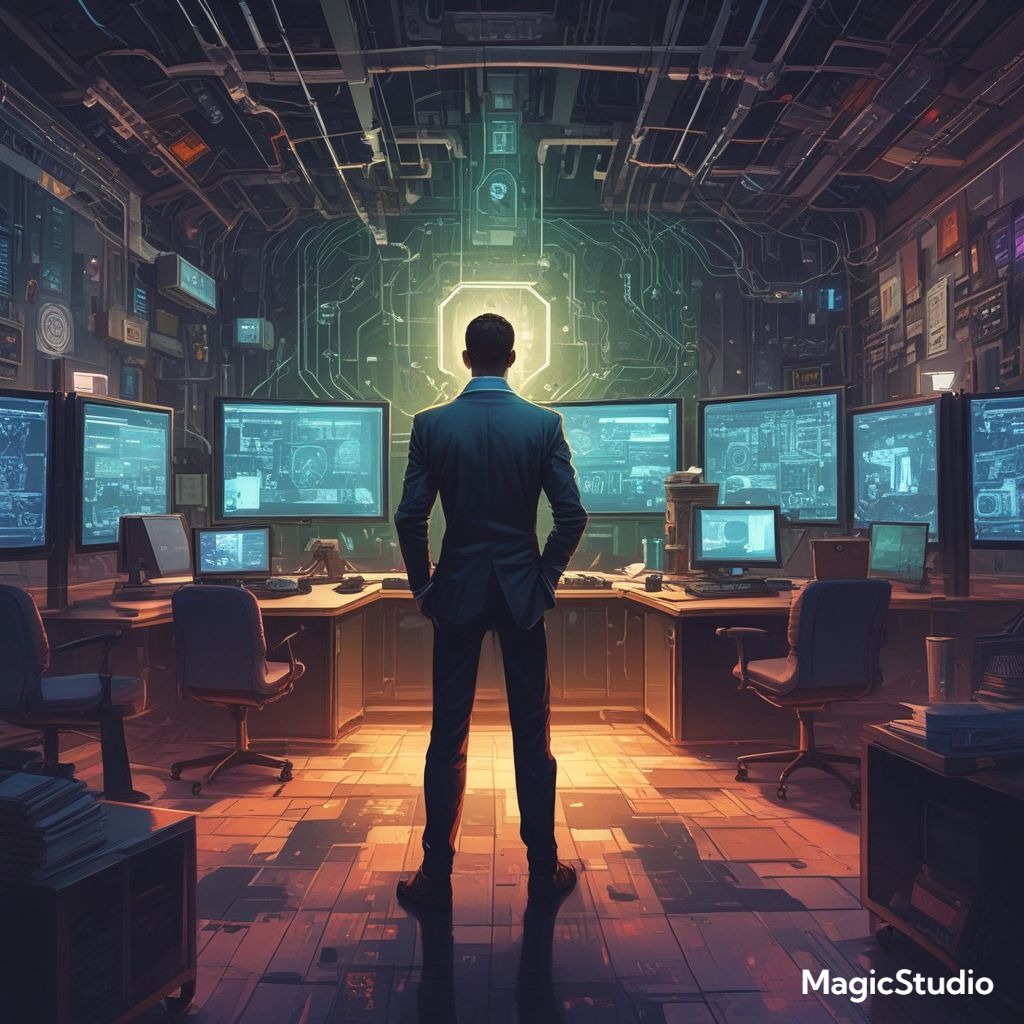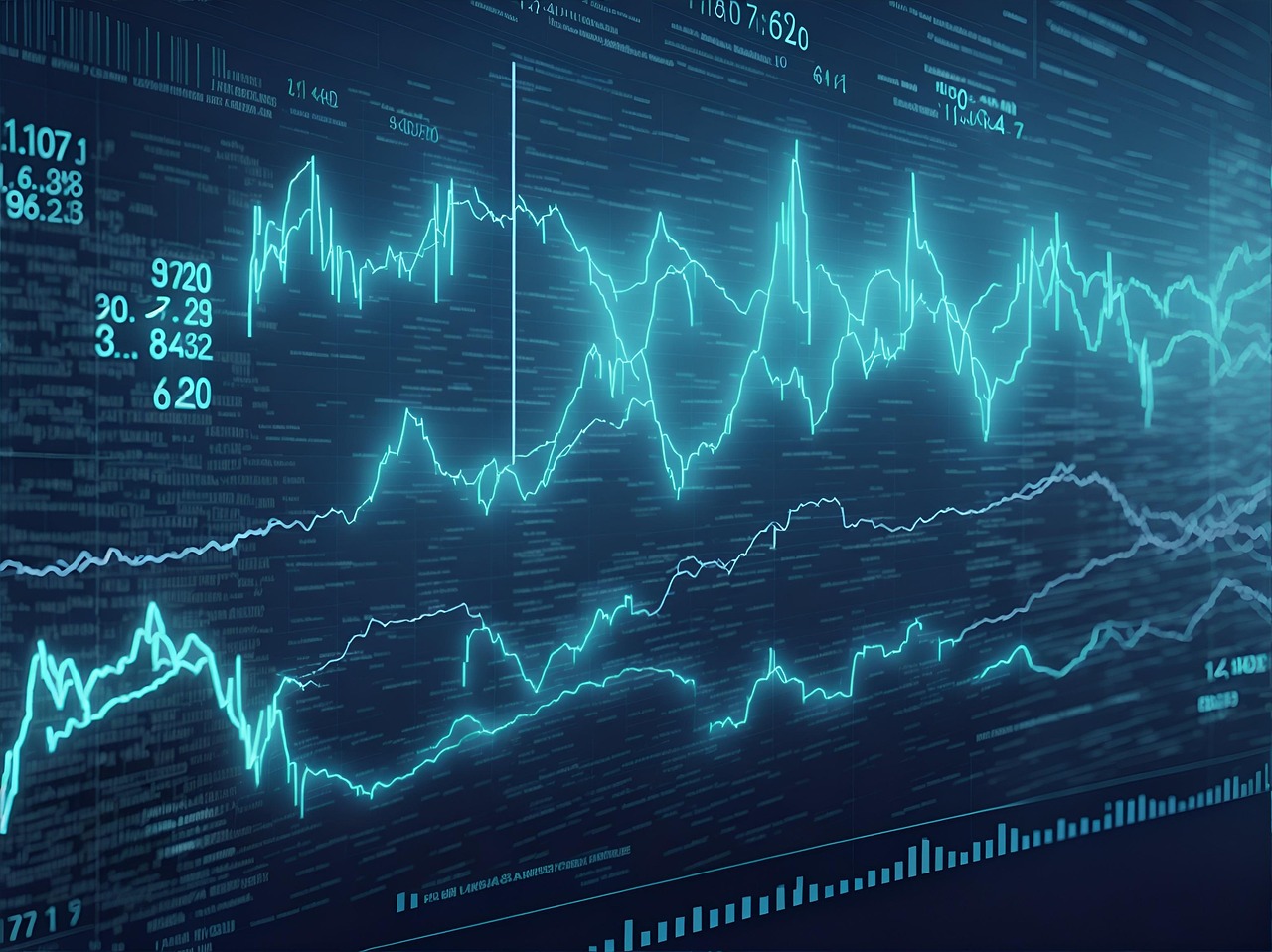Non-fungible tokens, or NFTs, are like special digital stickers that show you own something online. They have become very popular among digital artists because they help them sell their art in new and exciting ways. Before NFTs, it was hard for artists to make money from their work on the internet. Now, with NFTs, artists can sell their pieces directly to fans and collectors.
NFTs work on a technology called blockchain. This is like a big, safe notebook where all transactions are recorded. When someone buys an NFT, it is written in this notebook, proving that they truly own that digital item. This way, artists can create unique pieces that are one-of-a-kind, which makes them more valuable.
Many people think NFTs can change the economy for artists. By using NFTs, artists can make money not just from the first sale but also from future sales. When the art is sold again, the artist can receive a part of the money, called royalties. This means artists can earn more every time their work is sold.
Furthermore, NFTs allow artists to connect with fans in new ways. They can create special experiences or extra content for NFT holders, which makes owning their work even more special. This helps build a community around their art and can lead to more sales.
However, there are some challenges too. The NFT market can be unstable, and not all artists find success. There are also worries about the environment since creating NFTs can take a lot of energy. But despite these issues, many believe that NFTs hold great potential for changing the way digital art is bought and sold.
In summary, NFTs are a new tool that helps digital artists create a new economy. They provide unique ways for artists to sell their work and earn money, while also connecting them with their fans. As the digital world continues to grow, NFTs may play a big role in how we think about and support artists.
Understanding NFTs and Their Impact on Digital Artists
In the world of digital art, a new trend has emerged that is reshaping the way artists create, share, and sell their work. This trend is called Non-Fungible Tokens or NFTs. But what are NFTs, and why are they important for digital artists?
NFTs are creating a new economy for digital art #nft #nftartist #shorts
What Are NFTs?
At its core, an NFT is a unique digital asset that represents ownership of a specific item, normally tied to digital art, music, videos, or other digital goods. Unlike traditional currency (like dollars or euros), which is fungible (one dollar is always equal to another dollar), NFTs are one-of-a-kind and cannot be exchanged on a one-to-one basis.
Key Terms
- Blockchain: A secure digital ledger that records transactions across many computers. It is the technology that underpins NFTs and cryptocurrencies.
- Minting: The process of creating a new NFT. When an artist mints their artwork as an NFT, it becomes a part of the blockchain.
- Ownership: Owning an NFT means you hold the original version of a digital piece, even if others can copy it.
Why NFTs Matter for Digital Artists
NFTs provide digital artists with a new way to monetize their work. Traditionally, artists might struggle to sell their digital creations, as anyone could easily copy and share them. However, with NFTs, artists can now sell verified, original copies of their work directly to fans and collectors.
“NFTs give artists a chance to control their work and make a living in ways that were not possible before.” – Expert on digital art and blockchain technology
The Benefits of NFTs for Artists
- Direct Sales: Artists can sell their work directly to buyers, eliminating the need for art galleries or middlemen.
- Royalties: Many NFT platforms allow artists to earn royalties every time their NFT is resold. This means artists can continue to benefit from their work even after the initial sale.
- Global Reach: NFTs can be bought and sold globally, giving artists access to a wider audience.
Challenges Faced by Artists in the NFT Market
While NFTs create many opportunities, there are also challenges that digital artists should consider:
Market Saturation
With more artists entering the NFT space, the market can feel crowded. Standing out becomes increasingly difficult.
Environmental Concerns
The minting of NFTs requires a large amount of energy, leading to criticism regarding their environmental impact. Artists need to choose platforms that prioritize sustainability.
“We need to be aware of the environmental consequences of our choices in the NFT space.” – Advocate for sustainable practices in digital art
Possible Solutions for Artists
To navigate the challenges of the NFT market, artists can consider various strategies:
Building a Community
Engaging with fans and collectors through social media platforms can help artists create a loyal following that supports their NFT endeavors.
Choosing Eco-Friendly Platforms
Artists can help mitigate environmental issues by selecting NFT platforms that utilize more sustainable methods of minting.
Experimenting with Different Formats
Artists should feel free to experiment with different types of digital content, from 3D models to interactive experiences, to attract diverse buyers.
| Building a Community | Engage with your audience on social media. |
| Eco-Friendly Platforms | Choose platforms that prioritize sustainability. |
| Experimenting | Try different digital formats and content types. |
As digital art continues to evolve, NFTs will play a crucial role in shaping the future of the industry. With the right strategies, digital artists can not only survive but thrive in this new economy.
What are NFTs?
NFTs, or non-fungible tokens, are unique digital assets that represent ownership of a specific item or piece of content using blockchain technology. Unlike cryptocurrencies such as Bitcoin or Ethereum, which are fungible and can be exchanged for one another, NFTs are one-of-a-kind and cannot be duplicated.
How do NFTs benefit digital artists?
NFTs provide digital artists with a new revenue stream by allowing them to sell their work directly to collectors and fans. Through NFTs, artists can maintain control over their creations and potentially earn royalties on future sales. This creates a more sustainable economic model for artists who previously struggled with monetizing their work in the digital space.
What is the process of creating an NFT?
Creating an NFT typically involves selecting a digital asset—such as artwork, music, or video—and minting it on a blockchain platform that supports NFTs. Artists need to choose a marketplace, create an account, and follow the platform’s guidelines to upload their digital content and turn it into an NFT.
Are NFTs environmentally friendly?
The environmental impact of NFTs largely depends on the blockchain technology used for their creation. Some blockchains require significant energy consumption for transactions, while others have adopted more eco-friendly methods. Artists interested in minimizing their carbon footprint should consider using platforms that prioritize sustainable practices.
How are NFTs valued?
The value of an NFT is determined by several factors, including the artist’s reputation, the uniqueness of the work, current market trends, and demand from buyers. Unlike traditional art markets, NFT pricing can be highly volatile and influenced by the specific dynamics of the digital economy.
Can NFTs be sold or resold?
Yes, NFTs can be sold or resold on various marketplaces. Owners can list their NFTs for sale to potential buyers, and the original artist can earn royalties from subsequent transactions, depending on the smart contract terms established during the minting process.
What challenges do artists face with NFTs?
While NFTs offer numerous opportunities, artists may face challenges such as understanding complex technology, dealing with cybersecurity risks, and navigating the fluctuating market. Additionally, not all artists may have access to the resources needed to create and promote NFTs effectively.
Is it necessary to have technical skills to create NFTs?
Having technical skills can be beneficial, but many platforms are designed to be user-friendly, allowing artists without extensive tech knowledge to create NFTs easily. Tutorials and guides are available to help newcomers understand the process.
What future trends in NFTs should artists be aware of?
Artists should keep an eye on emerging trends such as cross-platform collaborations, integration with virtual reality and augmented reality, and the evolution of AI-generated art. Staying informed about industry developments can help artists navigate the evolving landscape of digital art and NFTs.




